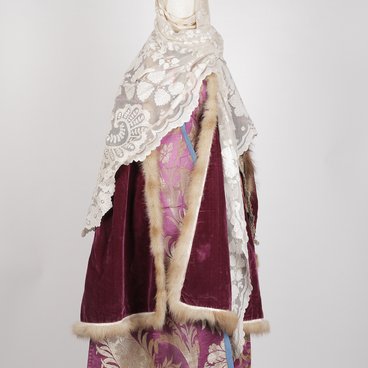Purim is the most cheerful and colorful holiday in the Jewish calendar. On this day it is customary to put on Purim shows, the Purimspiel masquerade, literally “Purim game”. People wear costumes and masks of the main characters of the story that the holiday is dedicated to. In the Middle Ages a special literary genre of Purim with handwritten scripts, songs, poems and jokes was developed. On Purim they burned the effigy of the villain, baked cookies with poppy seeds and jam in the shape of his ears, went door to door and held a feast.
Purim has been known since the 5th century BC. Its first name was the Mordechai Day. The holiday is dedicated to the miraculous deliverance of the Jews of Persia during the reign of King Artaxerxes. His court dignitary Haman hated the Jews and, in order to take revenge on the rebellious sage Mordechai, decided to destroy the entire Jewish community, from children to the elderly. The name of the holiday comes from the word “pur”, which is “lot” in the ancient Persian. The lot was cast by Haman to designate the month of extermination of the Jews.
Salvation came from Mordechai himself and his niece Esther, the future queen. When she learned of Haman’s plan, she and her uncle gathered all the Jews together to fast and pray for salvation. Breaking all court prohibitions, Esther appealed to the king to intercede for her people. The king was furious at Haman’s arbitrariness, ordered him hanged and appointed Mordechai to take his place. The Jews were allowed to take up arms and destroy their enemies.
Purim is not mentioned in the Torah, and therefore it is permitted to work on that day. On the eve of Purim, Jews fast, and during the holiday, in the synagogues they read the Scroll of Esther, which describes the story of the salvation of the Jews. At every mention of Haman, the people in the synagogue whistle, stomp their feet, and rattle with special rattlers — graggers. The Jews muffle Haman’s name by cursing him.
On Purim mornings, it is customary to send each other treats and offer gifts to the poor. Each Jew should help at least two people in need on that day. On Purim the most popular gift is money or food, most often sweets. Children get expensive gifts, toys, treats or money, they always participate in Purim symbolizing the continuation of life.
Purim has been known since the 5th century BC. Its first name was the Mordechai Day. The holiday is dedicated to the miraculous deliverance of the Jews of Persia during the reign of King Artaxerxes. His court dignitary Haman hated the Jews and, in order to take revenge on the rebellious sage Mordechai, decided to destroy the entire Jewish community, from children to the elderly. The name of the holiday comes from the word “pur”, which is “lot” in the ancient Persian. The lot was cast by Haman to designate the month of extermination of the Jews.
Salvation came from Mordechai himself and his niece Esther, the future queen. When she learned of Haman’s plan, she and her uncle gathered all the Jews together to fast and pray for salvation. Breaking all court prohibitions, Esther appealed to the king to intercede for her people. The king was furious at Haman’s arbitrariness, ordered him hanged and appointed Mordechai to take his place. The Jews were allowed to take up arms and destroy their enemies.
Purim is not mentioned in the Torah, and therefore it is permitted to work on that day. On the eve of Purim, Jews fast, and during the holiday, in the synagogues they read the Scroll of Esther, which describes the story of the salvation of the Jews. At every mention of Haman, the people in the synagogue whistle, stomp their feet, and rattle with special rattlers — graggers. The Jews muffle Haman’s name by cursing him.
On Purim mornings, it is customary to send each other treats and offer gifts to the poor. Each Jew should help at least two people in need on that day. On Purim the most popular gift is money or food, most often sweets. Children get expensive gifts, toys, treats or money, they always participate in Purim symbolizing the continuation of life.



